10 Ways to Help Birds
It's easy to make real progress in helping birds by taking a few simple, everyday actions. Here are 10 ideas to get you started.
In 2019, scientists documented North America’s staggering loss of nearly 3 billion breeding birds since 1970. Here’s our quick list of 7 Simple Actions you can take to help birds.
Brew a Bird-Friendly Roast
Drinking shade-grown coffee is one of the most direct ways you can fund habitat conservation in the tropics while supporting local economies. Many of the songbirds that North Americans enjoy during summer spend their winters on coffee plantations in Central and South America. In particular, look for Bird-Friendly coffee certified by the Smithsonian Migratory Bird Center, instead of brands with a more generic “shade grown” label. Bird-Friendly certification ensures that the product is organic, Fair Trade, and conforms to the highest standards of habitat quality.
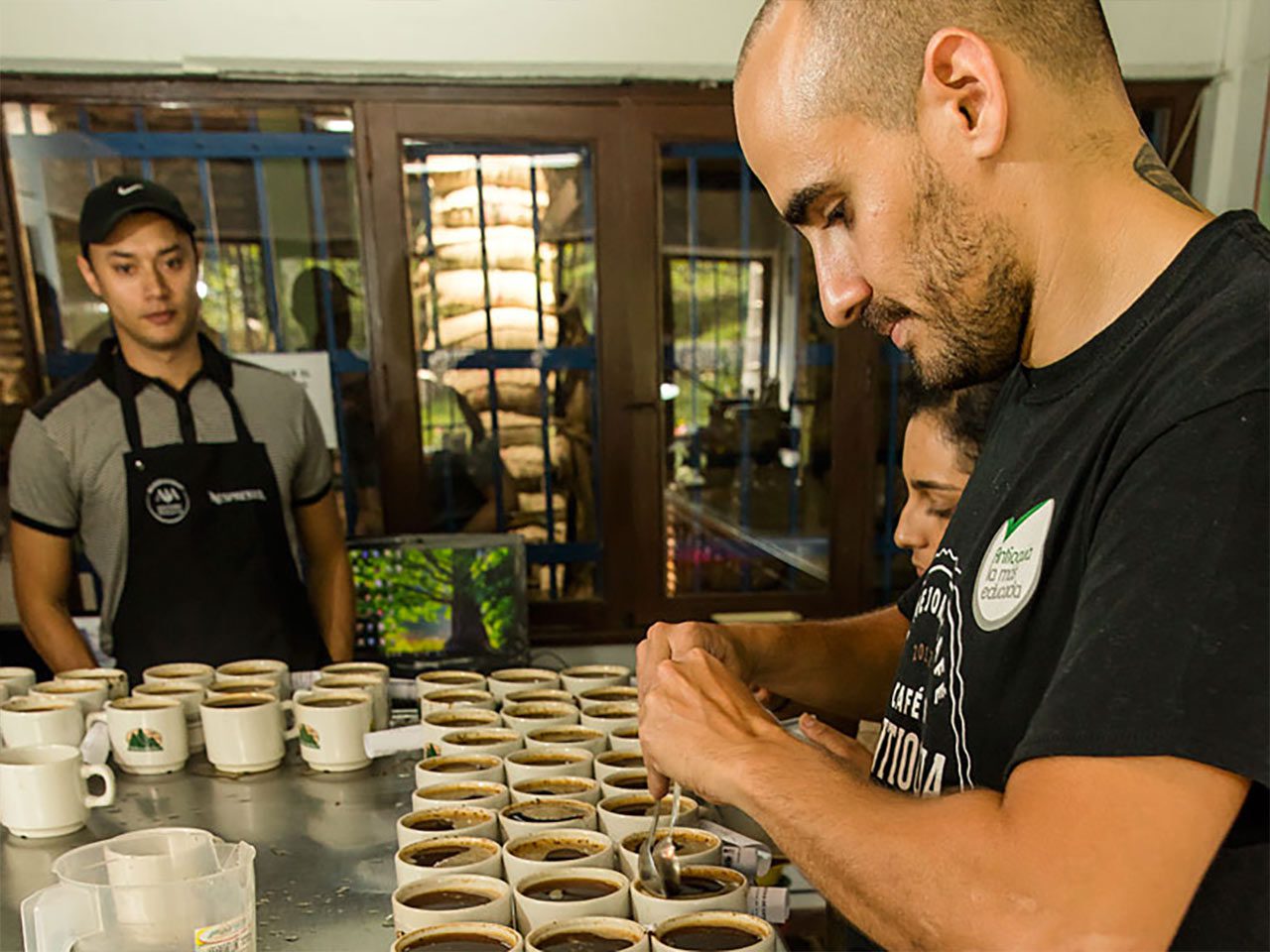
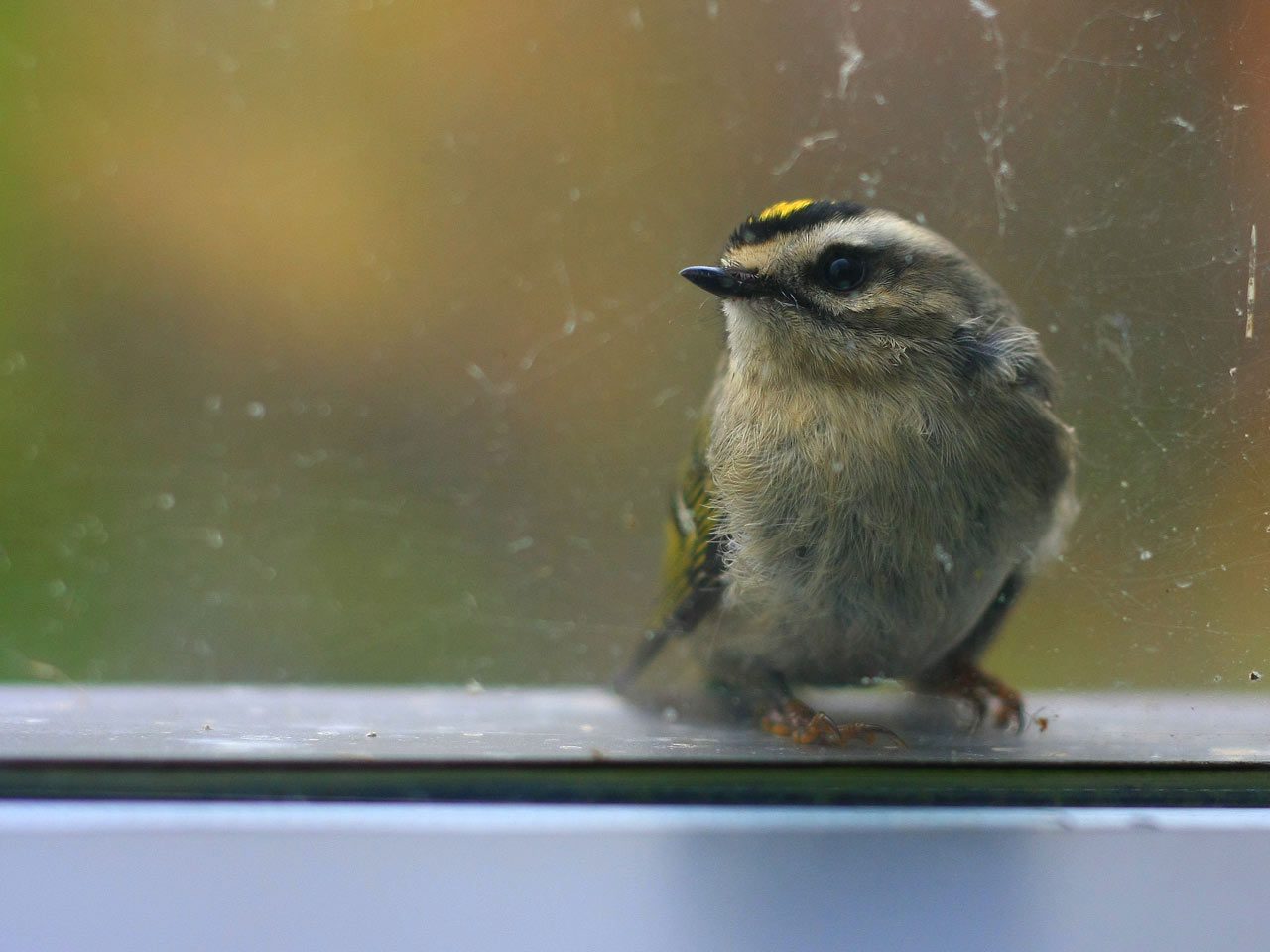
Make Windows Safer, Day and Night
Windows are deadly to birds: an estimated 599 million die per year from collisions in the U.S. alone. Homeowners can make a big difference by focusing on window safety. Skyscrapers may seem like the main threat, but the sheer number of small single-family buildings makes them responsible for nearly half the annual toll. The issue has two parts: at night, lighted windows attract and kill migrating birds; during the daytime windows reflect foliage or sky, encouraging birds to fly into them. So turn out lights at night; and explore options like window tape and “zen curtains” to keep birds away from your windows during the day.
Keep Cats Indoors
The issue of outdoor and feral cats is perennially contentious, but the cumulative effect of millions of outdoor cats is clear cut. An estimated 2.6 billion birds die in the U.S. and Canada each year when they are caught by cats. Outdoor cats also live shorter, harsher lives—they suffer from tapeworms, contract diseases such as from feline immunodeficiency virus and leukemia, are maimed in fights, killed by predators, and run over by cars. Bird enthusiasts are not anti-cat—many of us have cats as cherished companions—but keeping them inside is good for the cat and good for the local wildlife.
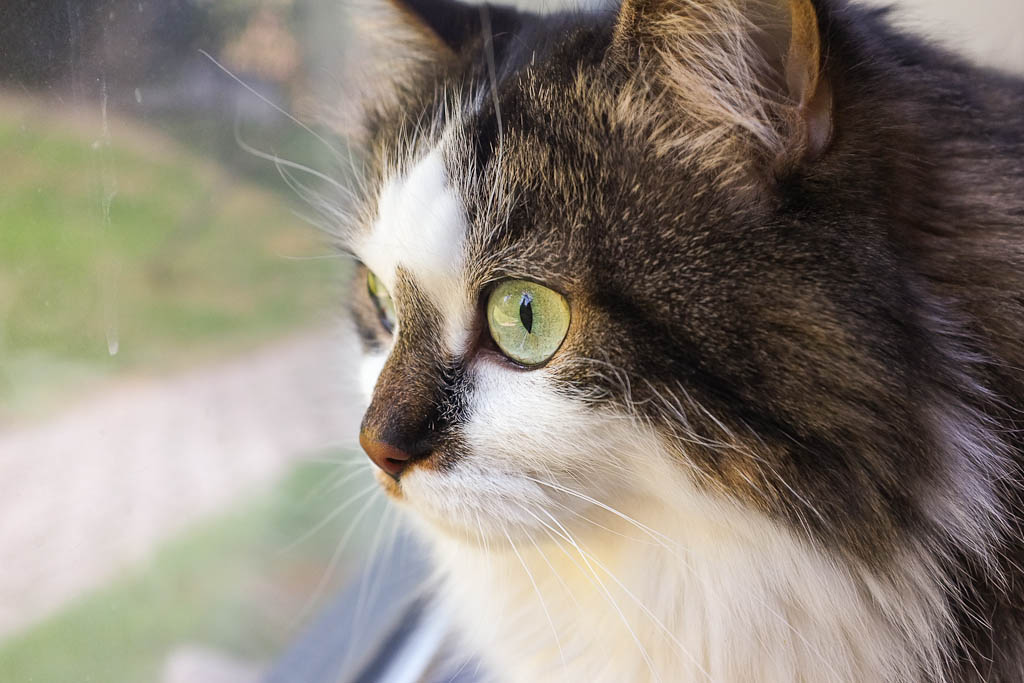
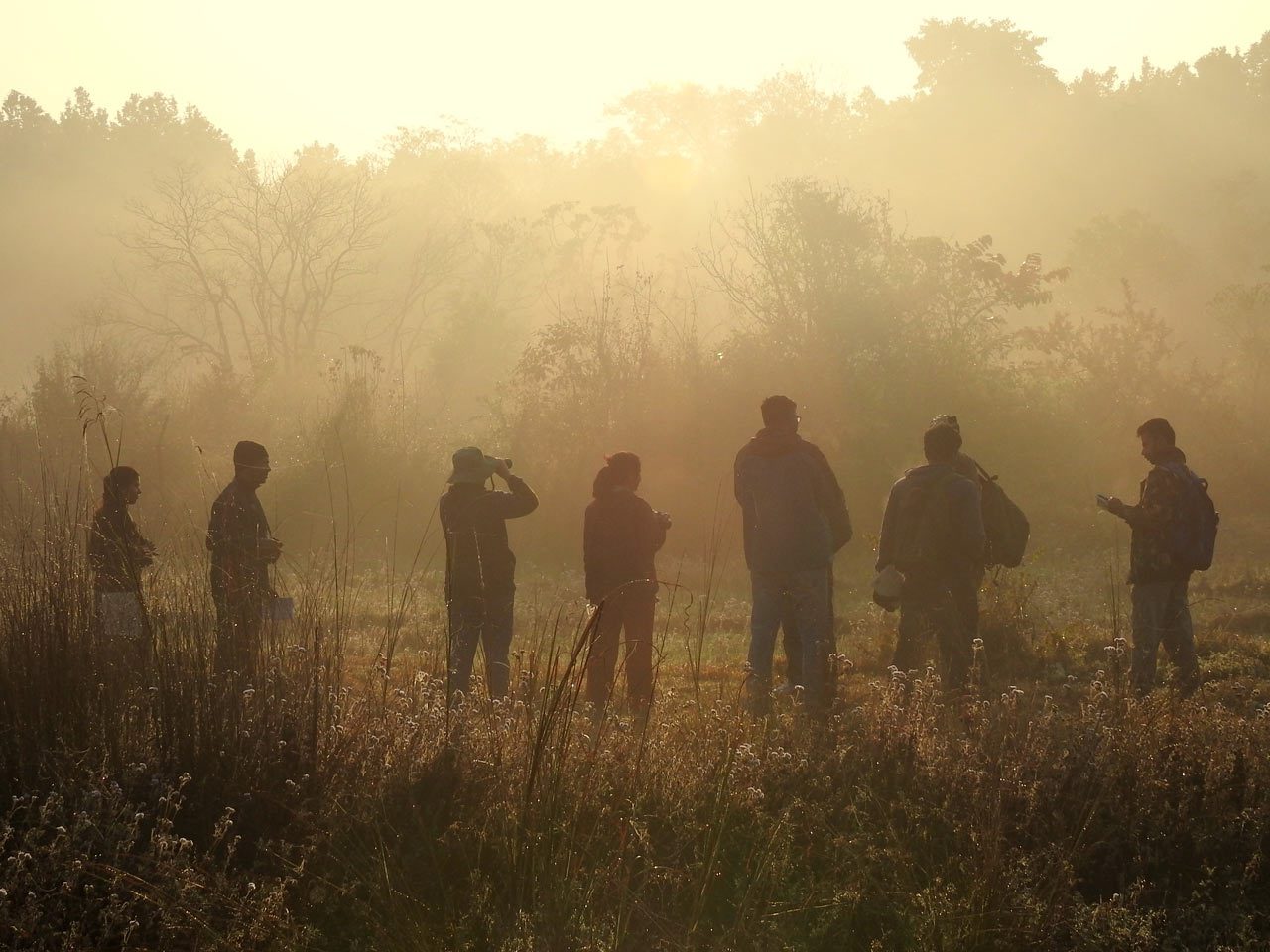
Lend Us Your Eyes and Ears
Citizen science has become an indispensable tool for monitoring our environment. The observations of skilled, interested people scattered across the world provide data at a scale and level of sophistication that satellites and computers can’t match. If you’re interested in the natural world, chances are there’s a citizen-science project that can benefit from your participation.
Help a Child Discover Birds
Help a child forge a connection with nature and you don’t just enrich the child, you make a brighter future for birds. The child will benefit from a lifetime of wonder and discovery; and the birds will benefit from having another passionate advocate. All children need is for a mentor to give them a little nudge in the right direction. Our K–12 Education group offers many ways to start, for both in-school and out-of-school settings. You can also find resources and ideas from Celebrate Urban Birds and at Bird Academy.
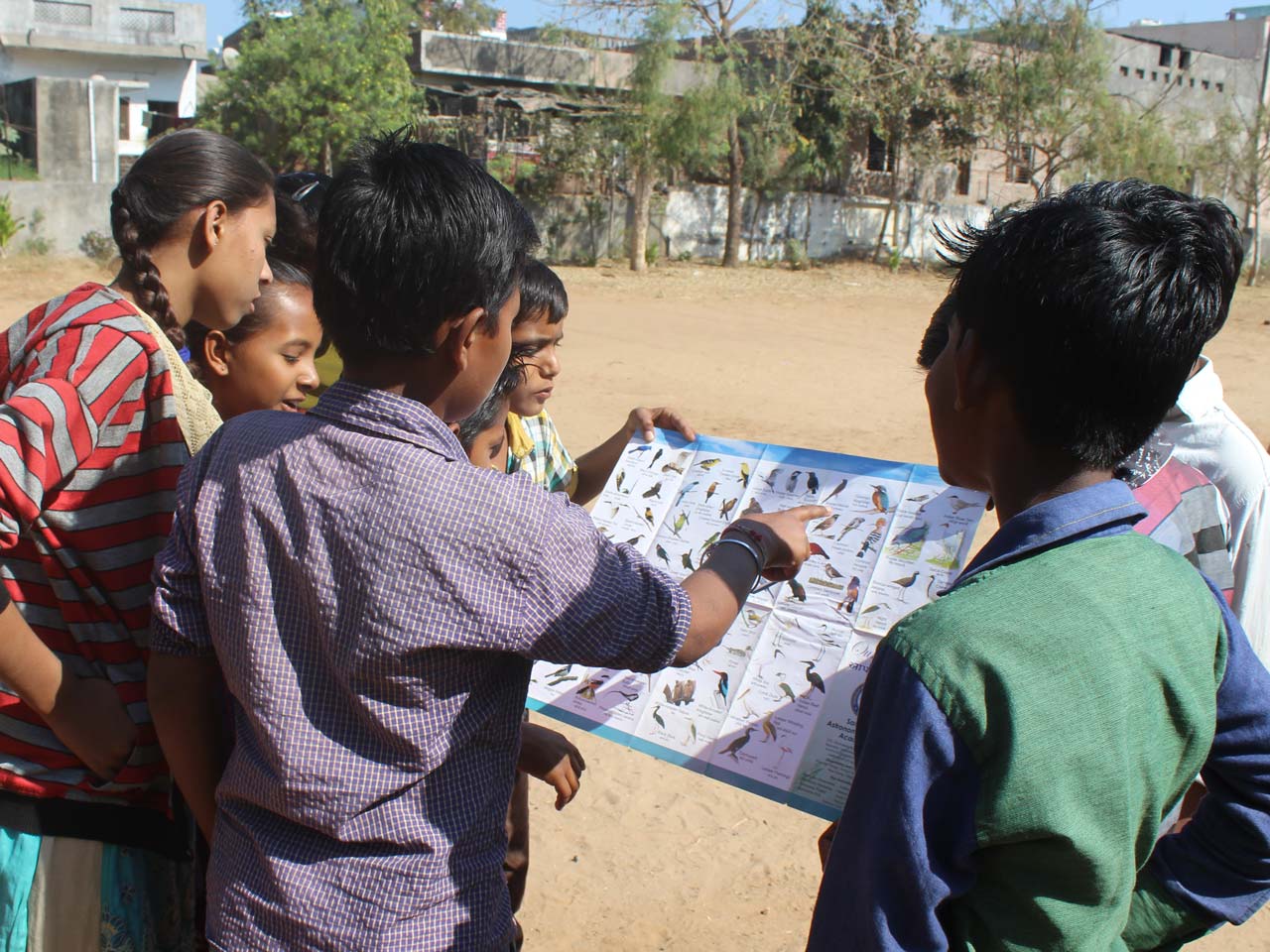
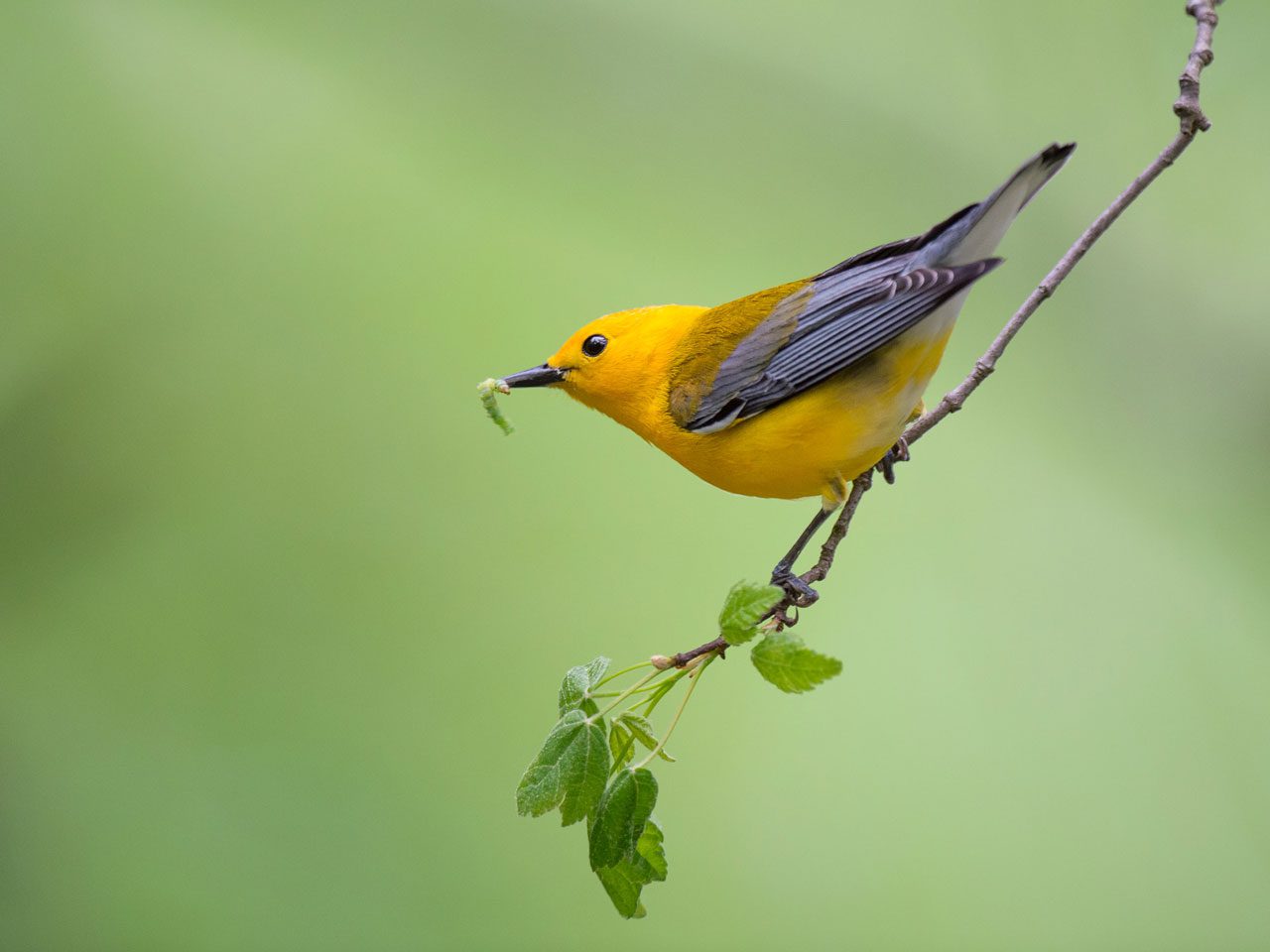
Garden with Native Plants
From window boxes to the most spacious of backyards, the plants you grow around you can make a difference for birds—the ones that live with you year-round as well as the migrants that may stop in, exhausted and hungry, just twice a year. Mounting evidence shows that in many settings, native plants support more insect food than non-native plants. And by using native instead of nonnative fruiting shrubs, you can give birds natural food without having them spread invasive species across the landscape. Overall, we encourage people to reduce the amount of grass and nonnative species planted in a yard, while increasing the variety and coverage of native plants. Bonus: you’ll likely get more and different birds to enjoy around your home, too.
Embrace Your Patch
Migratory birds need habitat not just in summer and winter, but in a thread of green connecting the two—and you can help by paying attention to your favorite patch of habitat. One of the most basic dangers faced by a migrating bird is the simple problem of landing someplace unfamiliar each day, day after day. Where’s the food? Where are the predators? Where’s the shelter? Conservation is a big issue, but small actions by individuals or local groups right outside your door can collectively have a tremendous impact.
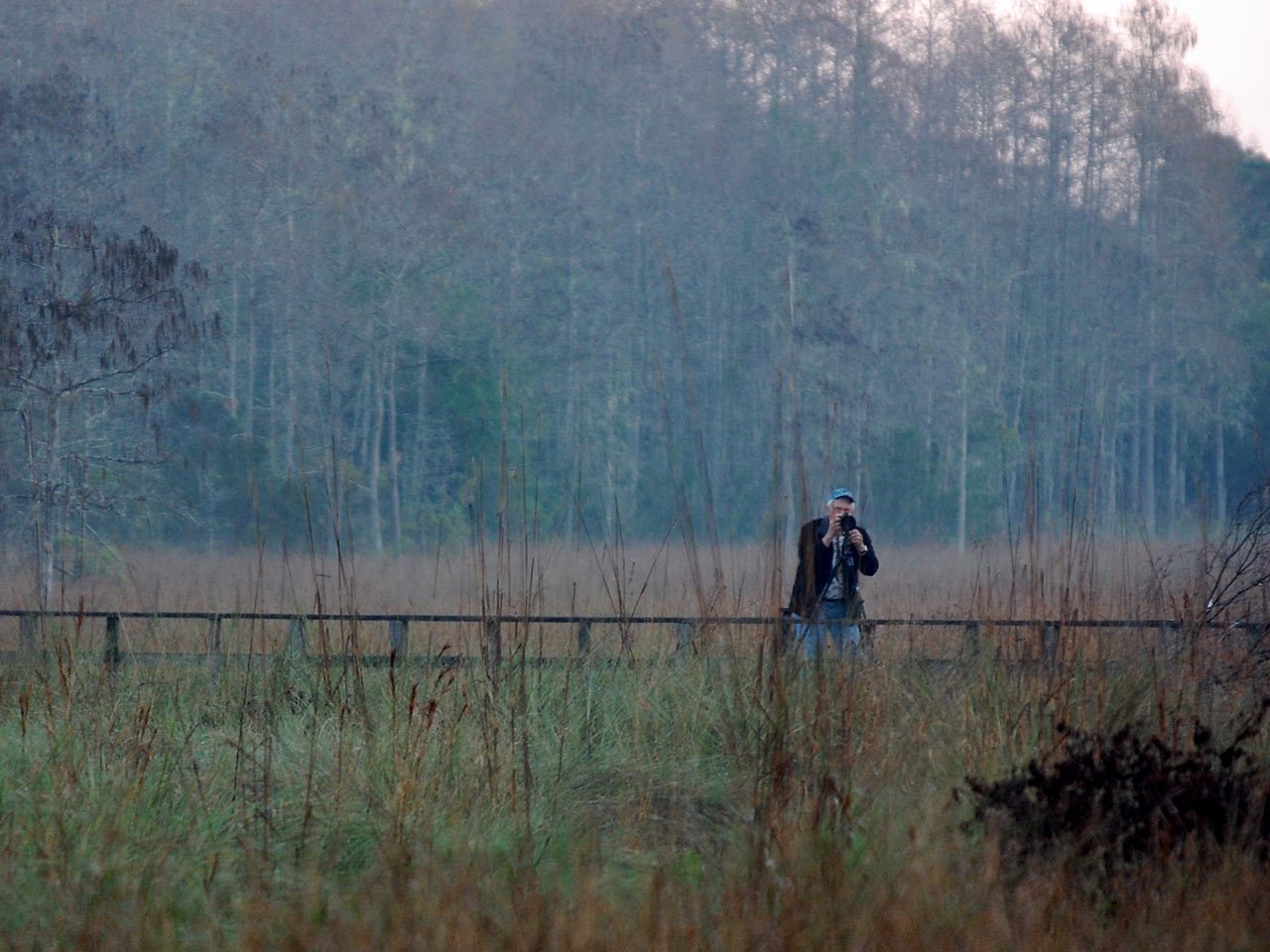
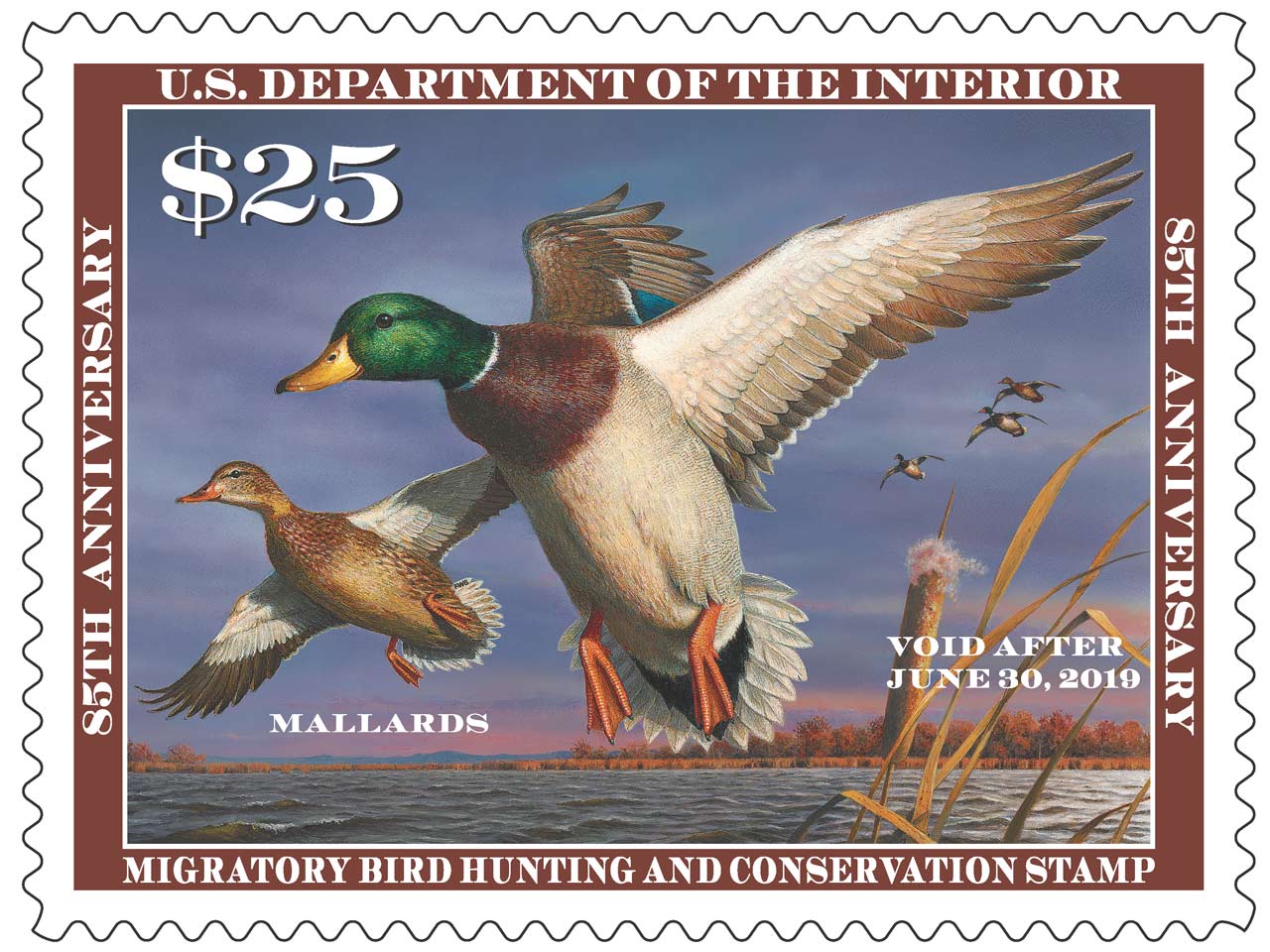
Buy a Migratory Bird Stamp
One of the best bargains in land conservation is the U.S. Migratory Bird Hunting and Conservation Stamp, also known as the Duck Stamp. Fully 98 percent of the stamp’s face value goes toward protecting and maintaining land in the majestic National Wildlife Refuge system—more than 500 areas across the United States. Buying a Migratory Bird Stamp is a win-win-win: it proudly proclaims your support of public land, it funnels money directly to the refuge system, and it gets you free entry to the refuges all year. The stamp’s gorgeous artwork traditionally features waterfowl, but the refuges support much more than ducks, including shorebirds, herons, raptors, songbirds, and many other creatures.
Use Less Plastic
Sometimes a problem is so enmeshed in daily life that it’s invisible. Plastics are this way: they’re in almost everything we touch, in every room in our houses and in our cars. Plastic is wrapped around the stuff we buy and it’s in the bags we carry it home in. We routinely drink from plastic containers and eat with plastic utensils. Yet discarded plastic does not biodegrade and winds up in the ocean, where it accumulates toxins and disrupts food chains. It may not be possible to avoid plastic entirely, but by taking note of their ubiquity many people can reduce their usage with little disruption to their routine—and help birds in the process.
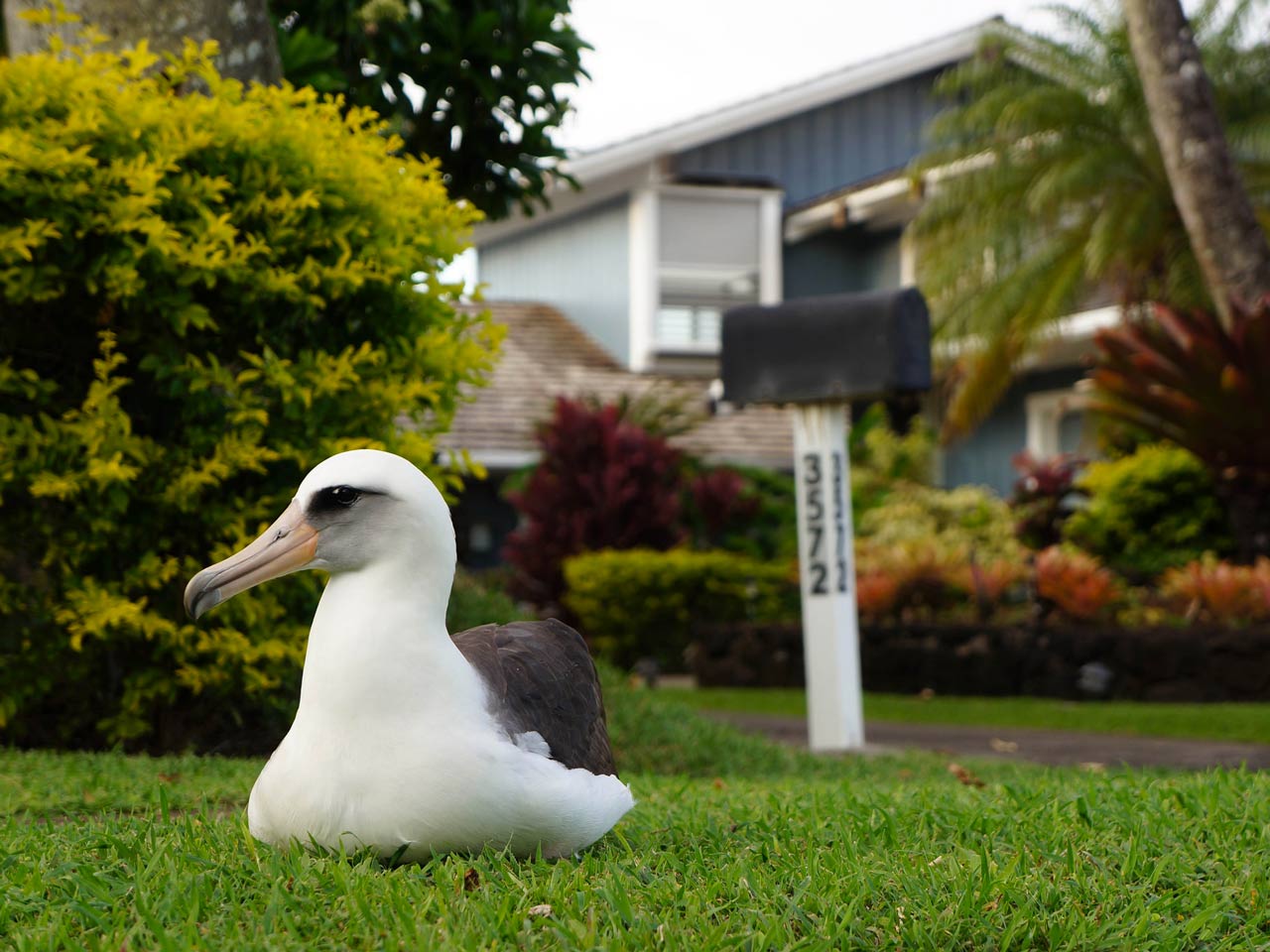
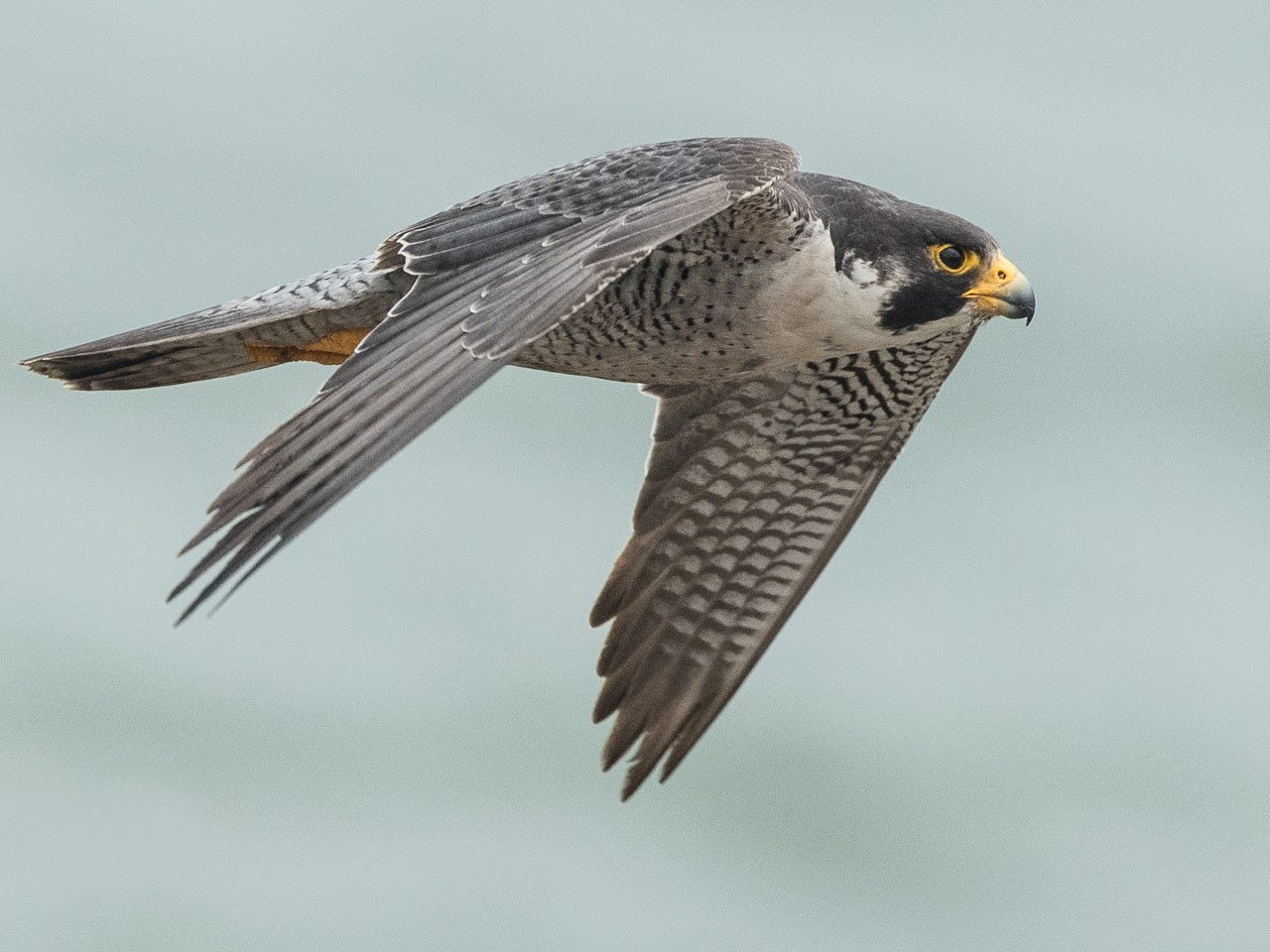
Support Us!
At the Cornell Lab, helping birds is what we’re all about. We believe that the best way forward on pressing conservation issues can be found by developing and applying the best science. We’re a member-supported nonprofit and we rely on donations for more than half our annual funding. We are deeply grateful to our more than 100,000 members and donors, and we invite you to join us as we strive to make the world a better place for birds and people.
Join Our Email List
The Cornell Lab will send you updates about birds, birding, and opportunities to help bird conservation. Sign up for email and don’t miss a thing!
Golden-cheeked Warbler by Bryan Calk/Macaulay Library
